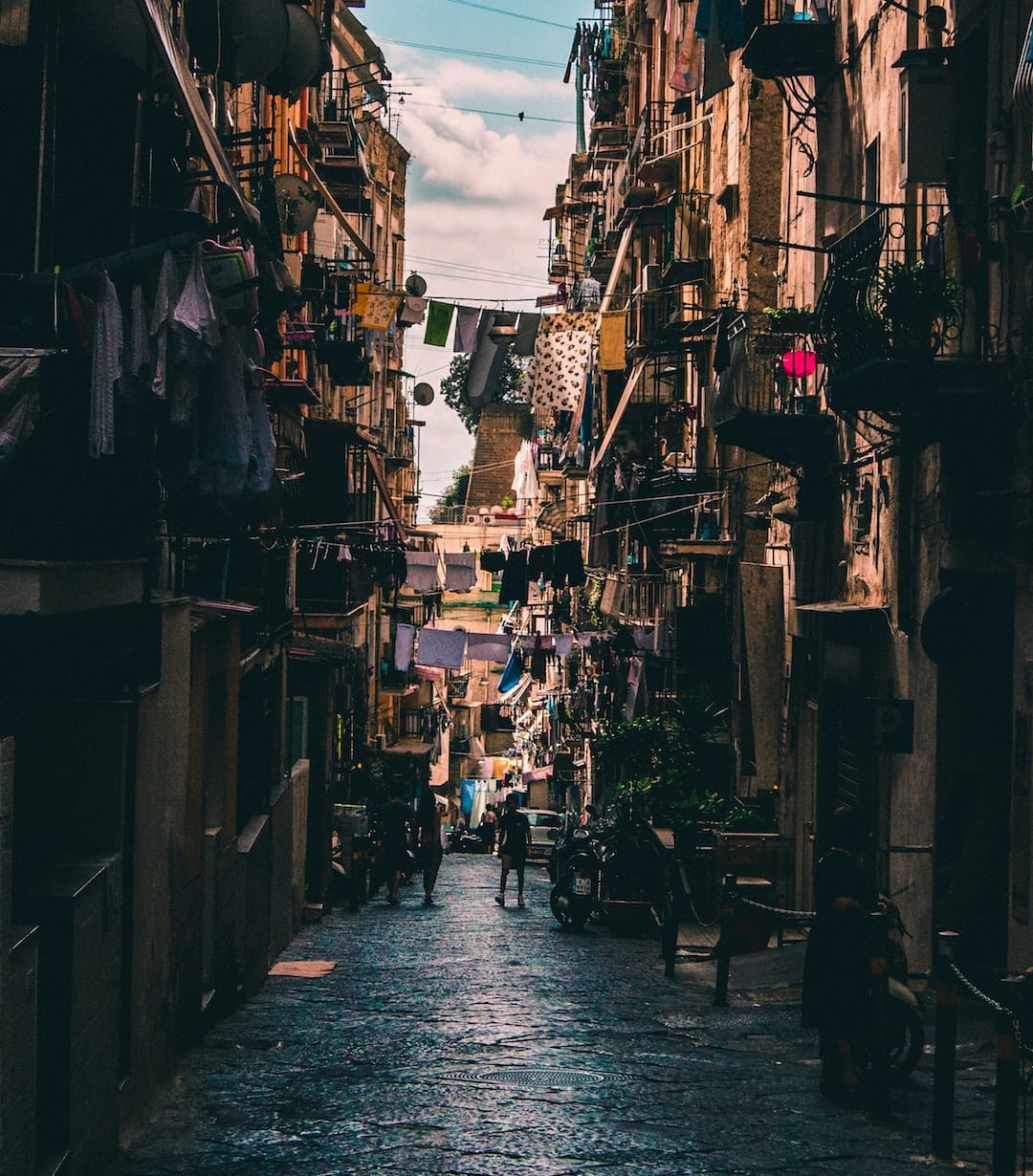
For a holiday as exotic as it is close to home, look no further than the Channel Islands. This archipelago in the English Channel has a unique sense of otherworldliness while being reassuringly familiar. Both French and English are official languages, and it’s a real treat to wander through Les Jardins de la Mer while using UK currency and without needing a passport – though you will need photo ID to travel.

The five main Channel Islands, Jersey, Guernsey, Alderney, Sark and Herm each have their own culture and charm. They are famed for knitwear, cream, seafood, and potatoes – a sought-after delicacy on the islands. With the sunniest weather in the British Isles, the islands have beautiful sandy beaches and quiet lanes. History lovers will want to visit the Neolithic remains and World War II museums (the islands were occupied by Germany during the war).

You can travel to the Channel Islands from the UK without flying: all the islands are well connected by ferries from the UK and from northern France, and you can’t beat the excitement of arriving by sea right into the heart of St Helier or St Peter Port.

Jersey is the biggest of the Channel Islands at about 47 square miles. The main town, St Helier, is full of bustling markets, shops and restaurants, and a lively waterfront overlooking the sweeping St Aubin’s Bay with Elizabeth Castle on its rock. The tidal range is huge, exposing miles of sand at low tide in the many bays around the island. St Ouen’s Bay in the west is perfect for surfing, and the cliffs in the north are fantastic for rock climbing.

Guernsey is the flattest of the islands and slightly smaller than its big sister Jersey. It’s a little more sedate in its pace of life and has a more rural feel. If you are exploring, it's good to know that the network of ‘rouettes tranquilles’ gives priority to walkers, cyclists and horse riders. St Peter Port is a jewel of a town, with cobbled streets bedecked with bunting, clustered around a harbour filled with yachts. Victor Hugo wrote part of Les Miserables while he was exiled here in the 1850s. You can visit his house high above the town, where each room is lushly decorated in a different style – just make sure you book in advance.

The high speed ferry from Poole travels to St Peter Port in under three hours, then continues on to St Helier, arriving an hour and a half later. The English Channel can be rough so be sure to stock up on sea-sickness tablets before you depart. The conventional ferry from Portsmouth takes seven hours – why not read The Guernsey Literary and Potato Peel Pie Society (or watch the 2018 film) on the voyage?

Alderney, three and half miles long and a mile and a half wide, is the most northerly of the main islands – closer to France than it is to its sister islands. It’s known for its white sandy beaches, wildlife and fortifications, and for having its own Womble. Did you know that Alderney also has its own unique blond hedgehogs? Ferries to Alderney depart twice a day from Guernsey.

Sark is three miles long and a mile and half wide, and is just under an hour away from Jersey or Guernsey by ferry. With no cars or streetlights, it’s an ideal place for stargazing and was designated the world’s first dark sky island in 2011.

Herm, a tiny island three miles from Guernsey, is part of the Guernsey Bailiwick. With no cars (and no airport) it’s the place to get away from it all. It’s twenty minutes from St Peter Port on Guernsey by passenger ferry. There’s a rather fabulous hotel, the White House, that doesn’t have a television, telephones or clocks.

COVID 19 travel advice for Jersey is available here, and for Guernsey it’s here.




